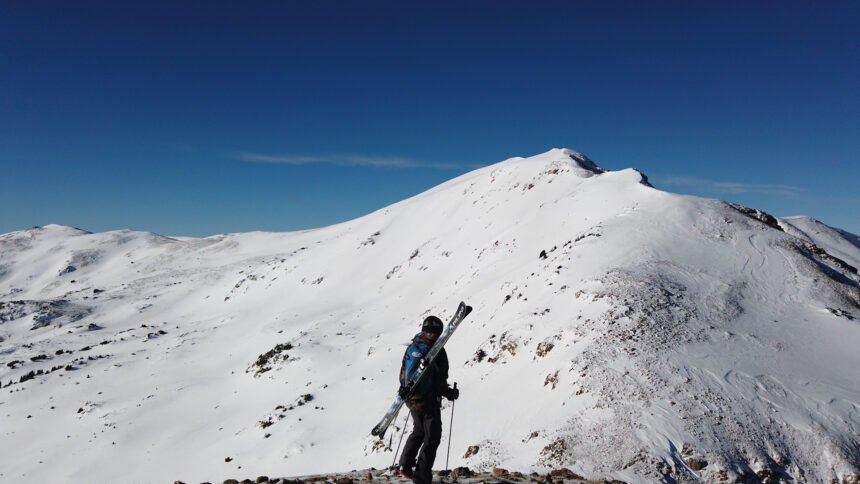Surviving an avalanche: Fatalities up as skiers choose backcountry over resorts & restrictions

COLORADO - Just within the last week, four skiers have died in Colorado's backcountry in an avalanche. Their deaths and others outline why there have been warnings of a particularly dangerous avalanche season.
But at the same time, a record number of skiers and snowboarders are venturing into the backcountry to avoid lines and the reservation system most ski resorts are requiring this winter.
"Especially winter backcountry recreation has been growing year after for quite some time," says Ethan Greene, Director of the Colorado Avalanche Information Center. "And so it certainly seems like it's increased since the pandemic started."
In addition to more people in the backcountry, Greene says the snowpack is extremely dangerous, and he worries about what it means for the rest of the season.
"Well this year is a little different just because of how weak the snow is," says Greene. "It is really the snow at the base, and when you have something weak at the bottom and strong on top that is unstable -- in this case [it] can produce avalanches."
And those snow conditions are proving to be deadly, more deadly than the average year.
Just last week three skiers died when they got swept up by an avalanche between Silverton and Ophir. Another died near Vail's back bowls. Four more skiers were buried and killed in December alone in Colorado -- two near Telluride, one near Berthoud Pass, and one not far from Crested Butte.
With a total of eight avalanche-related deaths, that's two more than the typical average, according to Greene -- and it's only February.
"The last time we had four people die in December was 2008, so that was a while," says Greene.
While the dangers loom, some continue to test the limits and explore the snow.
On January 8th, Maurice Kervin and a buddy went to a popular backcountry area near Loveland Pass. He was riding down "No Name" when he triggered an avalanche.
"It was so much snow all around me and not just the top isolated layer but everything below me," says Maurice Kervin. "There were probably four or five foot square chunks moving down the mountain."
Kervin has years of experience, training, and proper avalanche gear, but even still knew the risks. As soon as the slab of snow moved underneath him, he was forced to make a split-second decision to save his life.
"[I] pulled my chute and at that point just tried to swim and stay up and to the left," says Kervin.
Kervin was wearing the right backpack that day -- it has a pull lever on it that pops open and deploys an airbag above your head, which is designed to help you float and not get buried in the snow
And like many this season, Annabelle Richards decided to forego a ski pass because of COVID restrictions. Instead, she's spending the money on an avalanche course and plans to ski in the backcountry.
"It's scary because of all the avalanches that are happening, but I am taking a class next weekend to learn how to use my beacon and I'll definitely feel safer to be going up higher," says Annabelle Richards.
According to Greene, having the right gear and training isn't enough. You have to know the ski conditions ahead of time. And that's something that can change daily for the rest of the season. His team travels around the state forecasting the snow conditions and avalanche danger. You can read up on those reports here.
